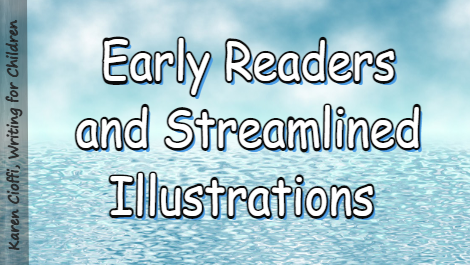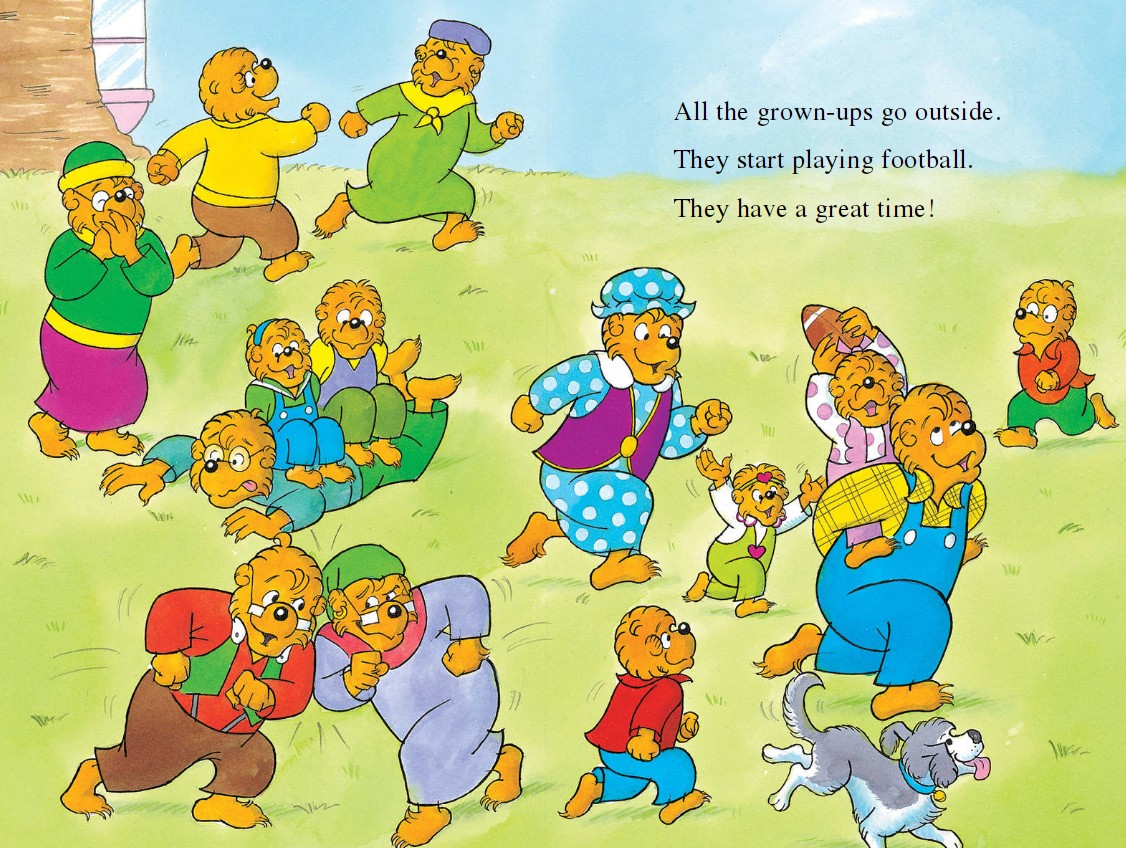
Most of us know what early readers are. They’re short books designed for children just beginning to read independently. They bridge the gap between picture books and chapter books, typically focusing on readers aged 4–8.
These books use simple words, sentences, and stories to help young readers develop their reading skills. The accompanying illustrations should directly support the text, giving children clues to help them read the words and understand what they’re reading.
Well, it turns out that while illustrations are crucial in early readers, the type of illustrations matter. The illustration style makes the difference between a child being able to focus on the text and being distracted.
This was determined through a 2020 study conducted by Cassondra M Eng, Karrie E Godwin, and Anna V Fisher in their paper titled “Keep it simple: streamlining book illustrations improves attention and comprehension in beginning readers.”
“The study used eye-tracking to examine whether extraneous illustration details—a common design in beginning reader storybooks—promote attentional competition and hinder learning.“ (1)
When I read this paper, I realized its importance, especially for reluctant readers or those who struggle to read. The transitional early reader book must be easy to read and easily understood. Distractions should be minimized or eliminated whenever possible.
So, what exactly are ‘streamlined illustrations’ and how do they differ from extraneous illustrations?
Illustrations come in a number of styles. However, when referring to the level of detail in the illustrations, there are two categories: streamlined, also called minimalist, and extraneous.
STREAMLINED ILLUSTRATIONS
Streamlined illustrations in early readers are visually simplified to show only relevant details. This simplicity enables the reader to gain better comprehension and focus.
Purpose:
To guide and support the text.
Shows the core elements needed for the story, such as a boy feeding his dog.
Provides clues and context for young readers who are still learning to recognize words.
Characteristics:
Simple and clear, uncluttered.
Closely aligned with the text.
Convey emotions and effectively set the tone of the story.
Benefit:
Helps beginning readers connect the text to the visual, reducing distraction and improving comprehension.
A streamlined example is “I Want My Hat Back by Jon Klassen.”
In this image, it’s easy to see how the text doesn’t have to compete with the illustration in the streamlined style. They work together.
EXTRANEOUS ILLUSTRATIONS
On the other hand, extraneous illustrations are complex and include many non-essential details. These additional details can distract beginning readers and hinder their understanding of the text.
Purpose:
Includes extra details not directly related to the text, such as the same boy feeding his dog, but now with a chaotic family breakfast scene, two birds in a cage in the corner, and a cat chasing its toy.
Characteristics:
Busy, dense, and contains many elements that are not mentioned in the accompanying words.
Effect:
It can cause beginning readers to shift their attention away from the text to the ‘busy’ pictures, resulting in reduced focus and a decreased understanding of the story.
An example of extraneous illustrations is “The Berenstain Bears: Play Football” by Mike Berenstain.
There’s a lot going on in this illustration. It’s easy to see how it might be distracting to the emerging reader. I found myself looking over all the characters.
SUMMING IT UP
The early reader serves a specific purpose. It’s to help new readers bridge the gap between picture books and chapter books.
To make this transition easier for developing readers, illustrations are essential. The most effective illustrations are those that are streamlined and closely aligned with the text, acting as helpful cues rather than competing sources of information that can lead to confusion.
So, if you’re self-publishing an early reader, keep the style of the illustrations in mind. Streamlined illustrations should also be less expensive to have created.
Sources:
(1) https://pmc.ncbi.nlm.nih.gov/articles/PMC7522290/
https://parentingscience.com/choosing-books-for-beginning-readers/
https://www.cmu.edu/dietrich/psychology/cs/research-teaching/docs/reading-study_2021.pdf

14 Features of a Children’s Book Self-Publishing Service
Middle Grade Novel Subplot Tips
10 Difficulties Common to New Novelists

I’m a working children’s ghostwriter, rewriter, and coach. I can help turn your story into a book you’ll be proud to be the author of, one that’s publishable and marketable.
OTHER HELP I OFFER:
HOW TO WRITE A CHILDREN’S FICTION BOOK
A DIY book to help you write your own children’s book.
FICTION WRITING FOR CHILDREN eCOURSE
4-Weeks / 8 Sections Guided Self-Study Program
WRITERS ON THE MOVE SELF-PUBLISHING SERVICE
Self-publishing help for children’s authors
(Picture books and chapter books)
You can contact me at kcioffiventrice@gmail.com.


